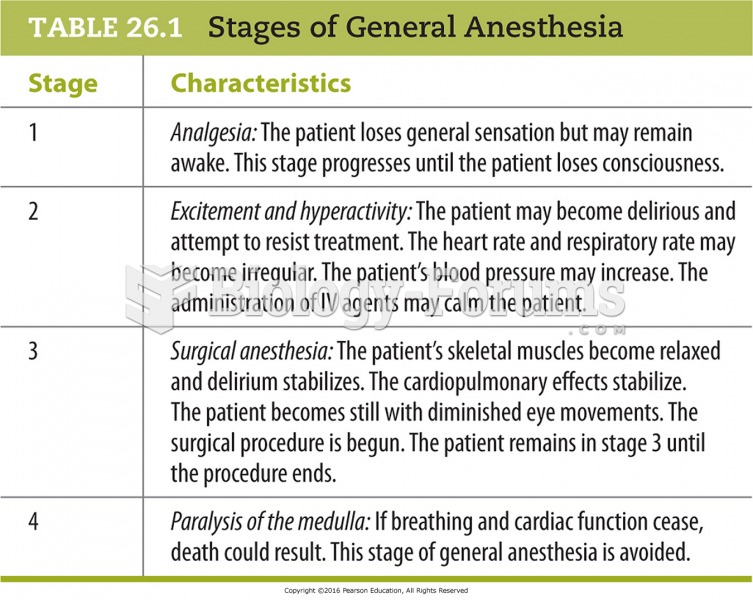Answer to Question 1
Answer: When recent experience is required, competitors and other firms in the same industry or geographic area may be the most important source of recruits. Another name for actively recruiting employees from competitors is called poaching. It has been estimated that poaching may account for 30 percent of the movement in labor. In fact, the most highly qualified applicants often come directly from competitors in the same labor market. Competitors and other firms serve as external sources of recruitment for high-quality talent. Even organizations that have policies of promotion from within occasionally look elsewhere to fill positions. For example, the rapidly expanding shale gas industry has found itself desperate for experienced engineering talent as demand quickly outpaces supply. Firms use general-purpose job boards by typing in key job criteria, skills, and experience, and indicating their geographic location. Job seekers can search for jobs by category, experience, education, location, or any combination of categories. General-purpose job boards continue to attract large number of applicants, but their use has declined somewhat in recent years. Many believe that the general-purpose big job boards are best for job seekers in professions that experience high turnover like sales but often are less effective for highly qualified applicants or those looking for work in smaller industries. They are also not as effective in finding jobs for senior level positions because most firms prefer referrals or Web sites such as LinkedIn. The two most widely recognized general employment Web sites are, Monster.com and CareerBuilder.com.
Answer to Question 2
Answer: At times, a firm must look beyond its own borders to find employees, particularly when expanding its workforce. External recruitment is needed to: (1) fill entry-level jobs; (2) acquire skills not possessed by current employees; and (3) obtain employees with different backgrounds to provide a diversity of ideas. Organizations concerned with recruiting clerical and other entry-level employees often depend on high schools and vocational schools. Many of these institutions have outstanding training programs for specific occupational skills, such as home appliance repair and small engine mechanics. Many community colleges are sensitive to the specific employment needs in their local labor markets and graduate highly-sought-after students with marketable skills. Many community colleges also have excellent mid-management programs combined with training for specific trades. Colleges and universities represent a major recruitment source for many organizations. Organizations typically find potential professional, technical, and management employees in these institutions.







